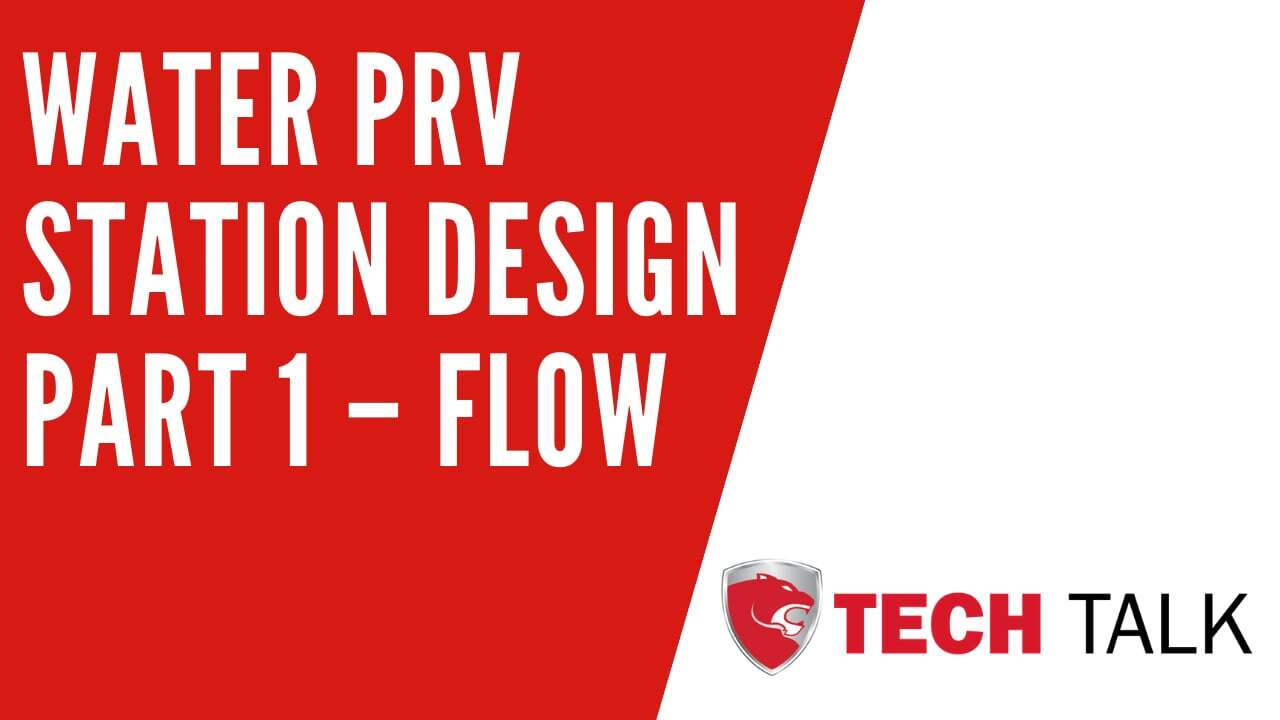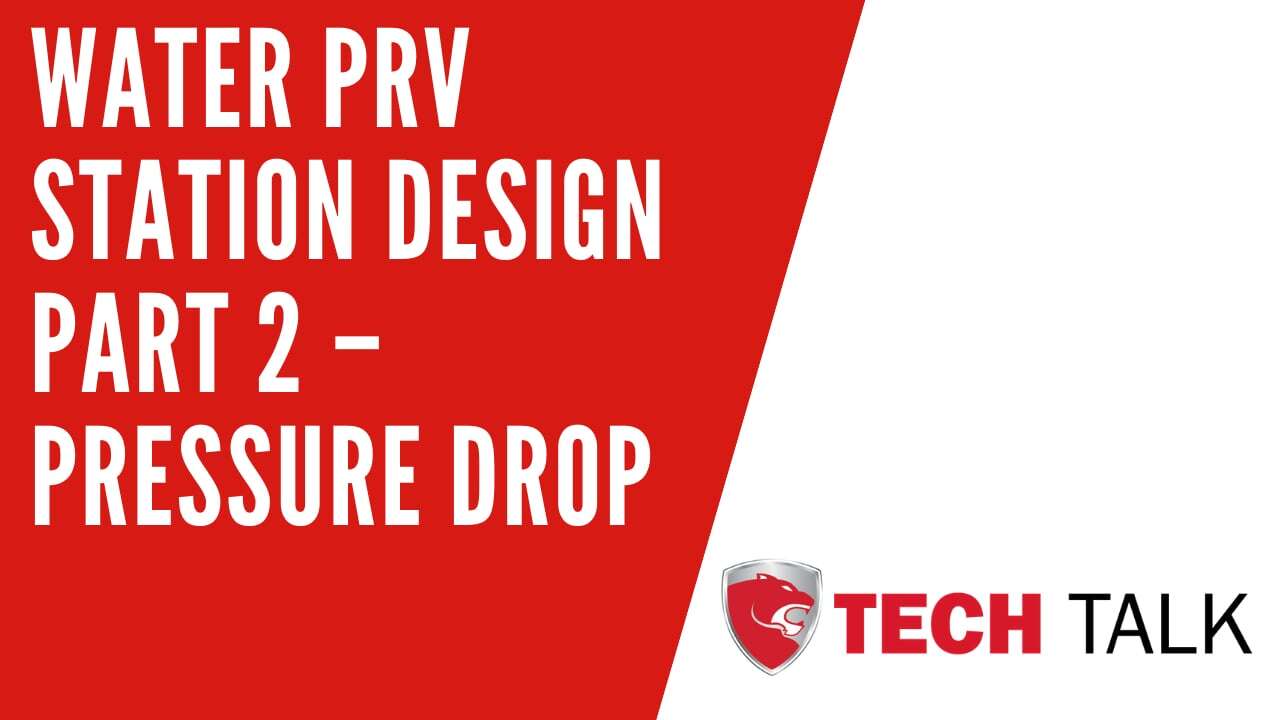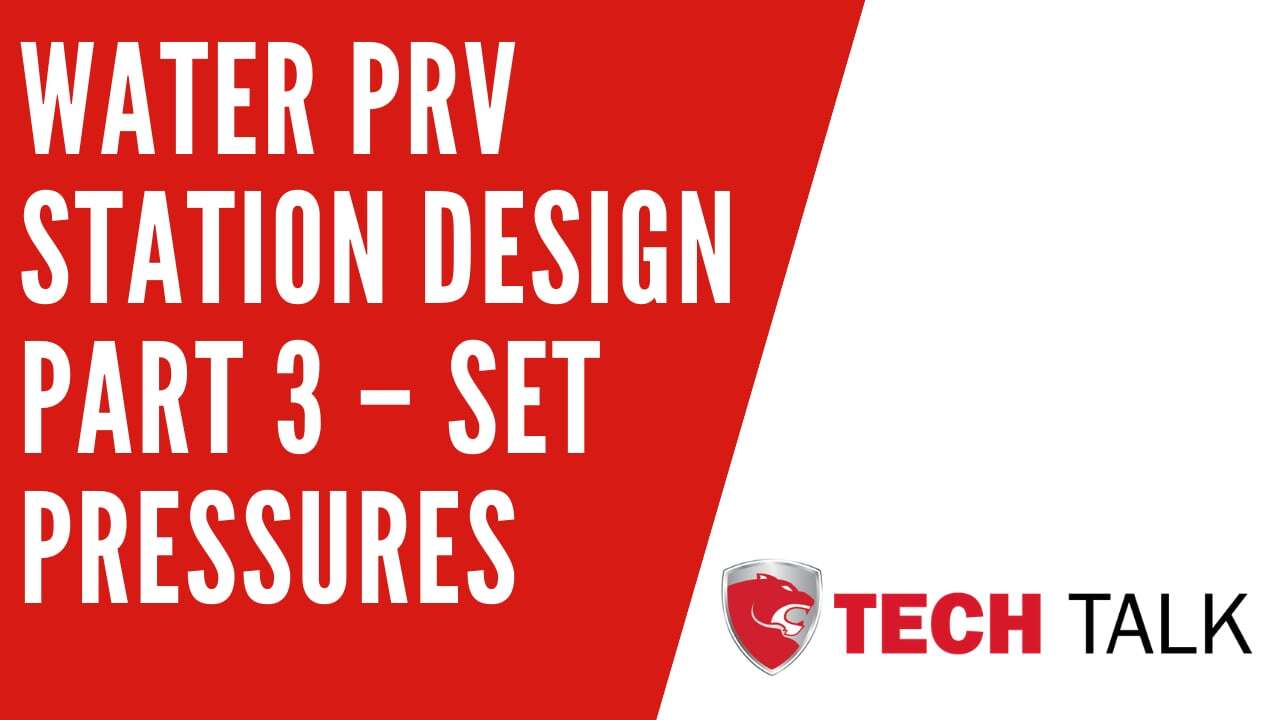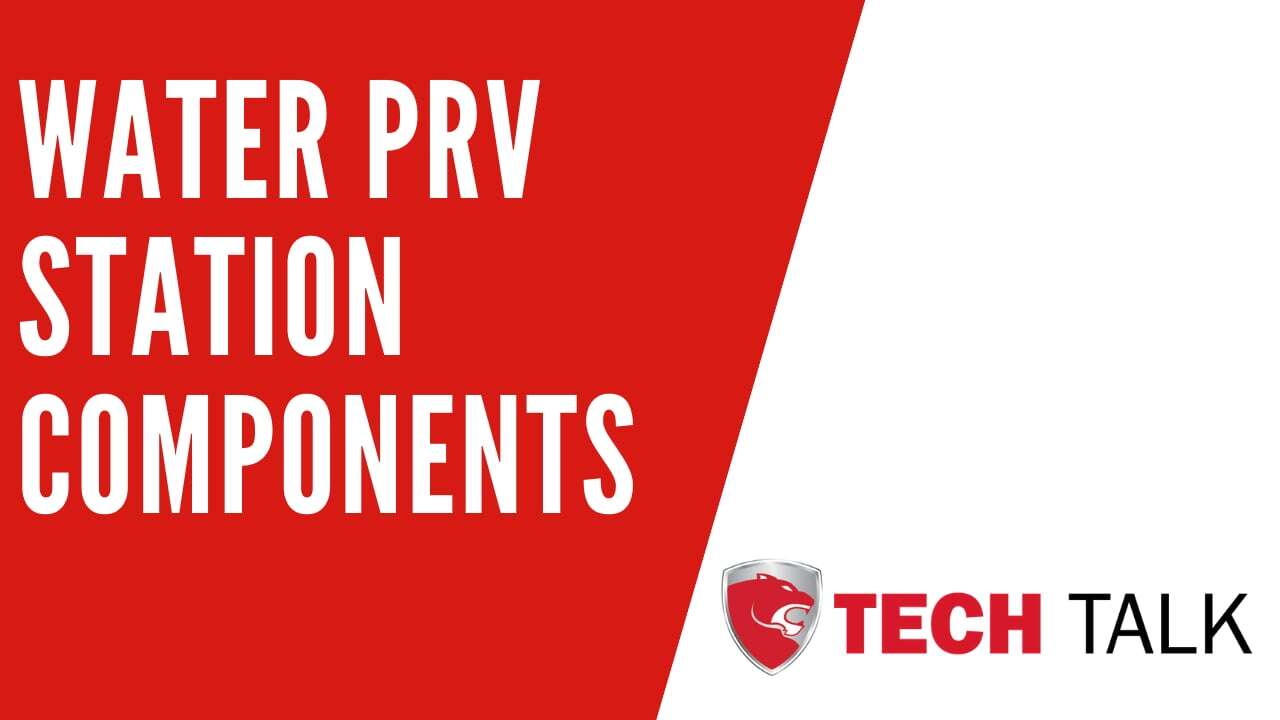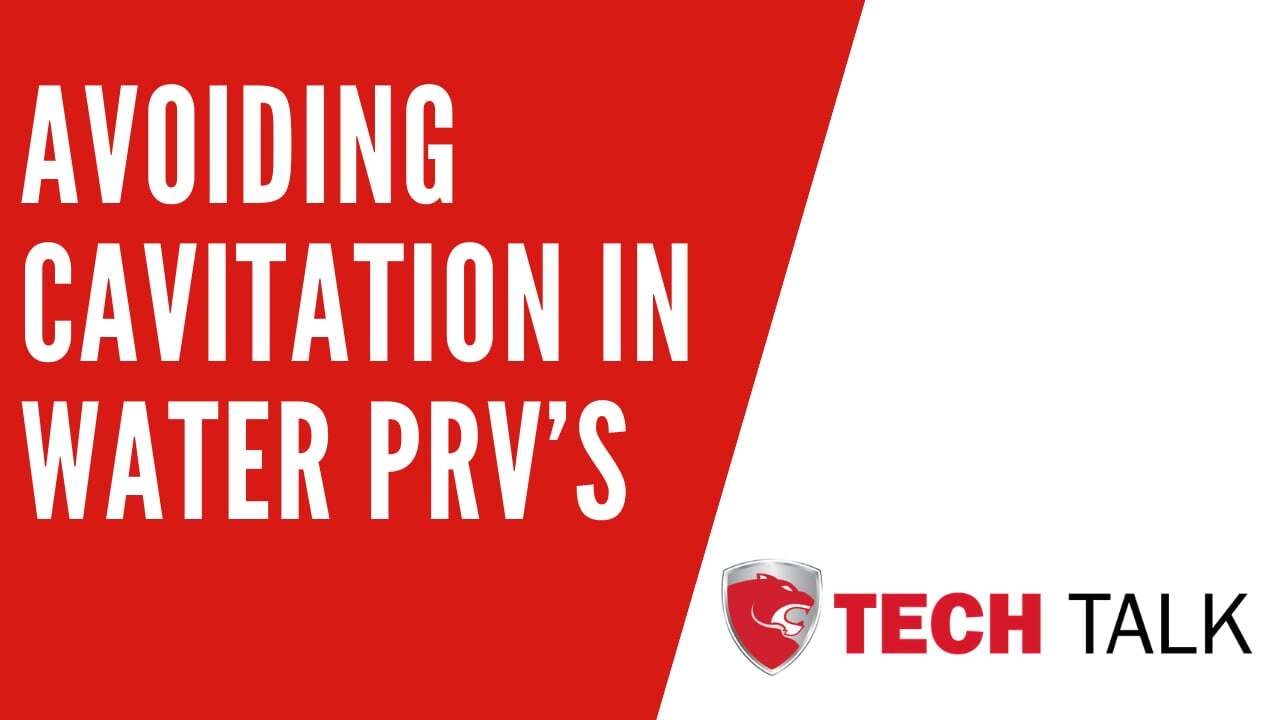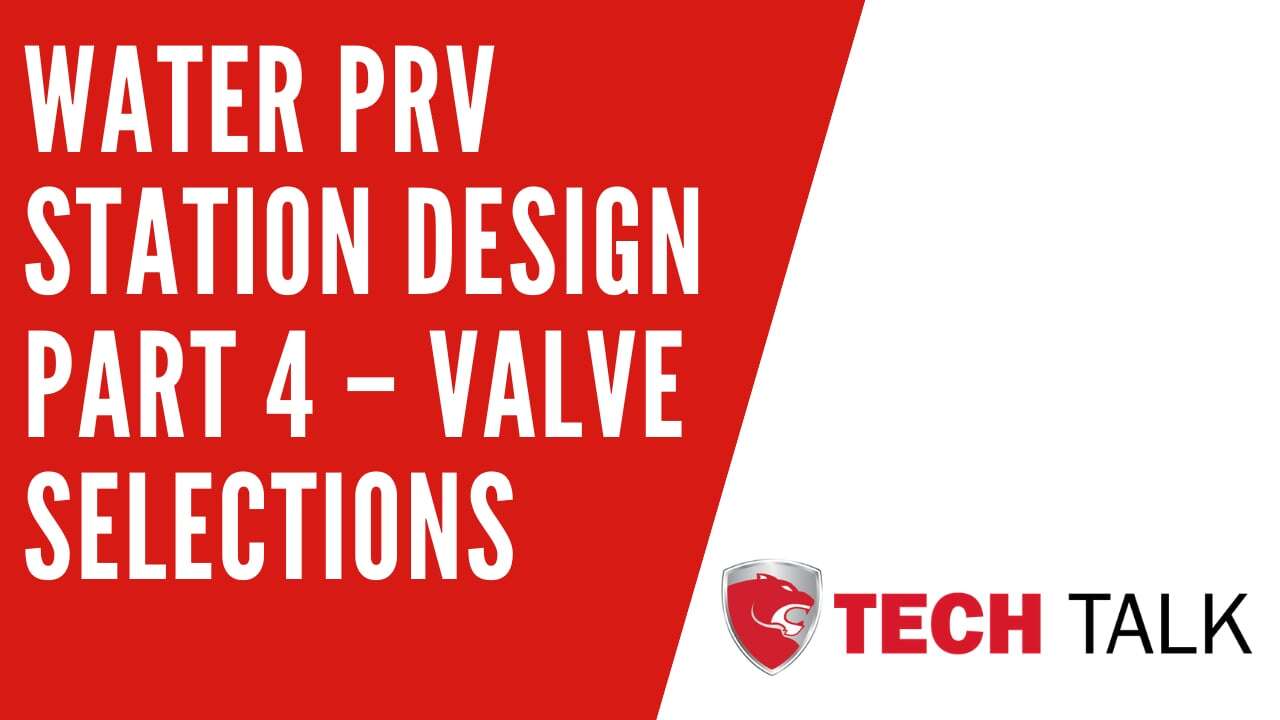Water Pressure Reducing Valves (PRV)
Pressure Reducing Valve (PRV) Stations are an essential component of a water-distribution system in a commercial building. The 2015 Uniform Plumbing Code Section 608.2 states that PRVs are required at any point where the system static pressure exceeds 80 PSI. Typically, this applies to mid- and high-rise buildings when the pressure boost to serve the upper floors is over 80 PSI. It takes a combination of valves and safety devices to create a Pressure Reducing Station.
Components of a PRV Station
Pressure Reducing Valves – stations are designed with a High-Flow and Low-Flow PRV that work in parallel to maintain a constant pressure downstream across the flow load profile of the zone. Low-Flow valves are typically direct-acting (ex. Cla-Val Model CRD-L), and High-Flow valves are pilot-operated (ex. Cla-Val Model 90-01); however actual valve selections depend on the flow and pressure drop of each station.
Relief Valve – Relief valves are required downstream of the PRVs to prevent over-pressurization when the PRV fails. A pilot-operated valve can be used (ex. Cla-Val Model 50-01), but we recommend a direct-acting valve like the Cla-Val Model 55B.
Block Valve and Control Panel – The addition of a pressure switch, control panel, and block valve can add additional safety and monitoring to the PRV Station. When a PRV fails, the pressure switch detects the high pressure and sends a signal to the control panel. This triggers the panel alarms (local and BAS output) and closes the block valve to shut down the water supply to the zone.
Piping Components – A Strainer is required upstream of the PRVs to keep them clear of trash. Pressure gauges are required on both the high-pressure and low-pressure sides of the PRVs to see what the pressure drop across the valve is. Isolation valves on all PRVs and relief valves are required for maintenance.
Links
https://cougarusa.com/design-considerations-for-water-pressure-reducing-valve-prv-stations-in-commercial-buildings/
https://cougarusa.com/avoiding-cavitation-in-water-pressure-reducing-valves/
